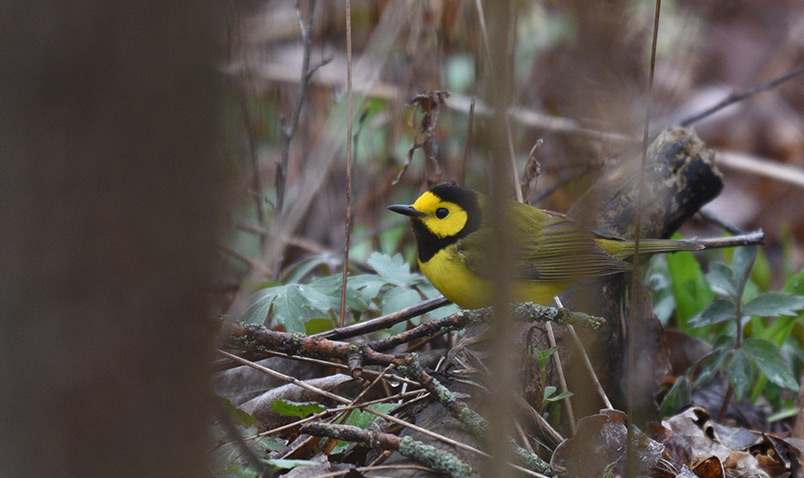
Stormwater Wetland & Ravine Restoration Project
The Stormwater Wetland & Ravine Restoration Project was a significant, award-winning land project undertaken at Schlitz Audubon in 2019 to dramatically reduce the impact extreme storms have on our 185-acre property. Today, in addition to improving the quality of the stormwater flowing into Lake Michigan, the restored project area serves as a demonstration site to help educate the public on the importance of water conservation.
Visitors to the Center can access the area on the northern arc of the Central Wetlands Loop, a wheelchair-friendly network of limestone pathways, boardwalks, and teaching decks that span two ponds, meander alongside a restored ravine, and traverse a wet prairie.
Sustainable Stormwater Management
Before the project, the Center’s highest quality natural area, the North Ravine was also the most threatened. Erosive stormwater had been downcutting the ravine for decades, a phenomenon that had only increased as our region started experiencing more frequent and intense storms.
With a footprint of more than 20 acres, the Stormwater Wetland & Ravine Restoration Project protects and fortifies the North Ravine while enhancing adjacent wetland habitats to capture water, preventing stormwater runoff from entering Lake Michigan. Both beautiful and functional, the restored wetlands essentially serve as a series of giant sponges. The project also employs regenerative stormwater conveyance, a forward-thinking design that incorporates natural stream channel cascade aesthetics to convey and purify water as it flows into the ravine.
High-Quality Habitat Restoration
The wetlands protect the ravine from rainfalls up to the 100-year storm, prevent stormwater runoff from entering Lake Michigan, and create habitat for myriad native species. More than 25,000 native seedlings, shrubs, and trees were planted within the project area that today help stabilize the soil by reducing stormwater runoff into and through the ravine to Lake Michigan.
Native plant and animal species thrive in the restored project area. A Blanding’s turtle breeding mound flanks one of the new wetlands, milk snakes have been introduced into a new hibernaculum, and we anticipate leopard frogs, fairy shrimp, and many benthic invertebrates will flourish in the new aquatic habitats. Restoration is also benefitting several species of special concern—including rusty patched bumble bee (federally endangered), blue-stemmed goldenrod (Wisconsin – endangered), and many of our priority bird species.
Visitor Access to Healthy Ecosystems
Part of Schlitz Audubon’s mission is to provide meaningful experiences and environmental education for all, and access for all visitors was a vital component of the project plan. Today more than two miles of wheelchair-friendly trails, boardwalks, and teaching decks give our visitors unparalleled access to the enhanced habitats. Education programs utilize the new wetlands as a key outdoor classroom where students and participants will learn about the water cycle, aquatic life, stormwater impacts and the values of biodiversity and ecosystem function.